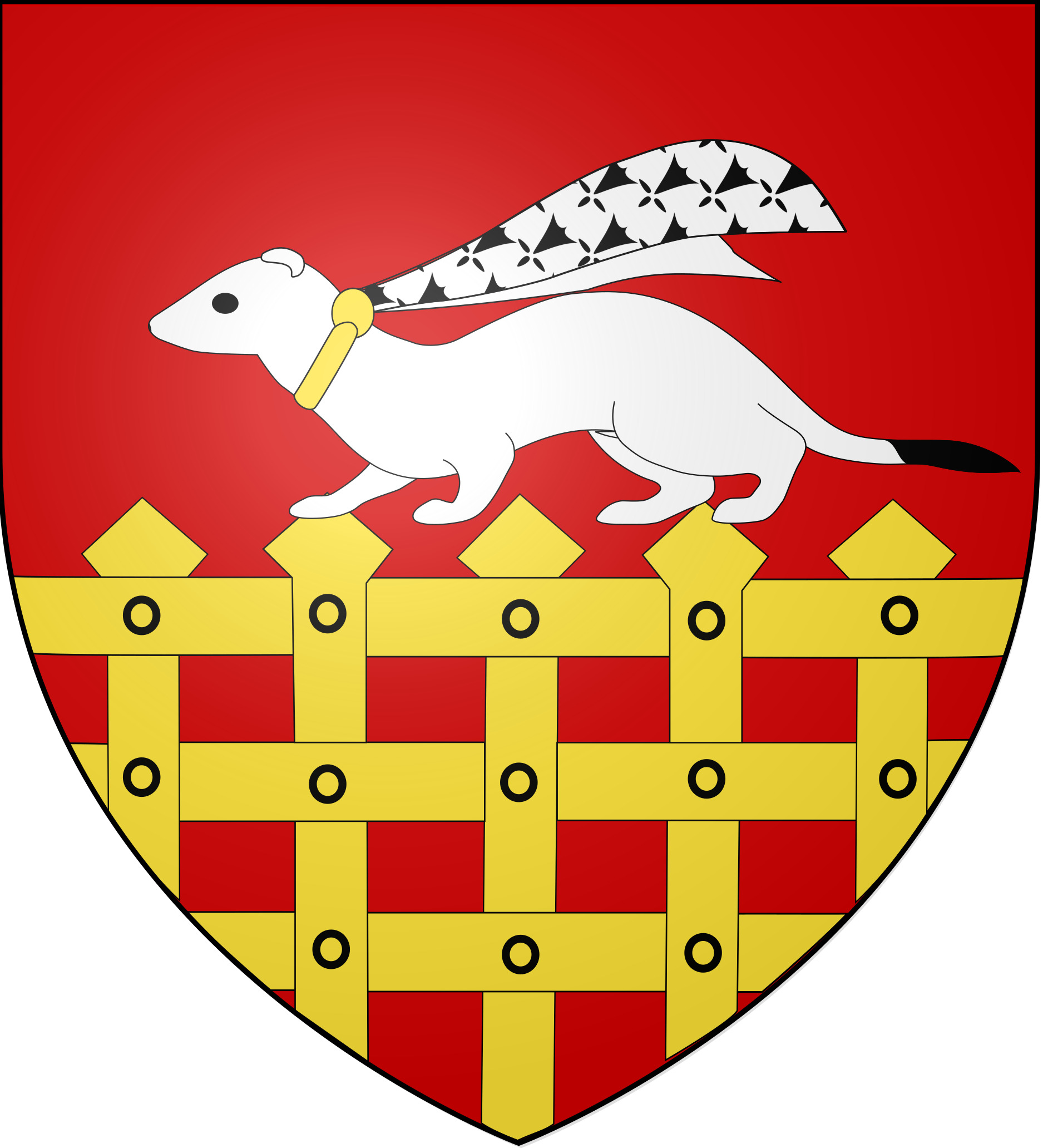|
Saint Malo is a sea port in the north of Brittany. It has a population of 45,000 but this can rise to over 200,000 during the summer. Saint Malo is a sea port in the north of Brittany. It has a population of 45,000 but this can rise to over 200,000 during the summer. It is well known for its beutifll walled town. Founded by Gauls in the 1st century BC, the ancient town on the site of Saint-Malo was known as the Roman Reginca or Aletum. By the late 4th century AD, the Saint-Servan district was the site of a major Saxon Shore promontory fort that protected the Rance estuary from seaborne raiders from beyond the frontiers. According to the Notitia Dignitatum, the fort was garrisoned by the militum Martensium under a dux (commander) of the Tractus Armoricanus and Nervicanus section of the litus Saxonicum. During the decline of the Western Roman Empire, Armorica (modern-day Brittany) rebelled from Roman rule under the Bagaudae and in the 5th and 6th centuries received many Celtic Britons fleeing instability across the Channel. The modern Saint-Malo traces its origins to a monastic settlement founded by Saint Aaron and Saint Brendan early in the sixth century. Its name is derived from a man said to have been a follower of Brendan the Navigator, Saint Malo or Maclou, an immigrant from what is now Wales. The beaches of nearby Dinard had been heavily fortified against possible Allied commando raids. Artillery at the two locations provided mutual support. The fortification complex was garrisoned by more than twelve thousand German troops from different services and units as well as stragglers from other battles in the Cotentin. About eight thousand Germans were in Saint-Malo itself when the battle began ]In World War II, during fighting in late August and early September 1944, the historic walled city of Saint-Malo was almost totally destroyed by American shelling and bombing as well as British naval gunfire. The beaches of nearby Dinard had been heavily fortified against possible Allied commando raids. Artillery at the two locations provided mutual support. The fortification complex was garrisoned by more than twelve thousand German troops from different services and units as well as stragglers from other battles in the Cotentin. About eight thousand Germans were in Saint-Malo itself when the battle began.Colonel Andreas von Aulock, the German commander, refused to surrender when asked to do so by the town’s authorities. He said he “would defend St. Malo to the last man even if the last man had to be himself.”The first American attack was launched by the 83rd Infantry Division on 5 August 1944. German positions at Chateauneuf quickly fell. Cancale was abandoned and occupied by the Americans on the 6th. In the same way and on the same day, Dinan fell to Free French forces. The Germans shortened their lines and drew closer to the ancient citadel at St. Servan-sur-Mer, now reinforced with concrete.Effective German artillery emplacements on the island of Cezembre were out of reach of American ground forces. German garrisons on the Channel Islands of Jersey, Guernsey, and Alderney were able to use small craft to bring in water and remove the wounded from the battle. On 13 August, the walled city was on fire and a short truce was declared to allow French civilians to flee the city. Outlying German positions at St. Ideuc and La Varde fell to infantry attacks. This fighting ended resistance on the north shore of the peninsula. Only the citadel remained. Surrounded by American artillery and under frequent air attack, this last holdout surrendered on the afternoon of 17 August.Cezembre surrendered on 2 September when the three-hundred-man garrison ran out of drinking water. The Americans had taken more than ten thousand prisoners during the two-week fight. Saint-Malo was rebuilt over a 12-year period from 1948 to 1960.Saint-Malo is a subprefecture of the Ille-et-Vilaine. The commune of Saint-Servan was merged, together with Paramé, and became the commune of Saint-Malo in 1967.Saint-Malo was the site of an Anglo-French summit in 1998 that led to a significant agreement regarding European defence policy. |
SanchoPanzaXXI Image created for the Blazon Project SanchoPanzaXXI Image created for the Blazon Project of the French Wikipedia. [CC BY-SA (https://creativecommons.org/licenses/by-sa/3.0)]SanchoPanzaXXI Image created for the Blazon Project of the French Wikipedia. [CC BY-SA (https://creativecommons.org/licenses/by-sa/3.0)] |
| Click here for photos of St Malo | |
|
By Ec.Domnowall - Les drapeaux bretons, des origines à nos jours, par Philippe Rault, CC BY 3.0, https://commons.wikimedia.org/w/index.php?curid=11637605 |

